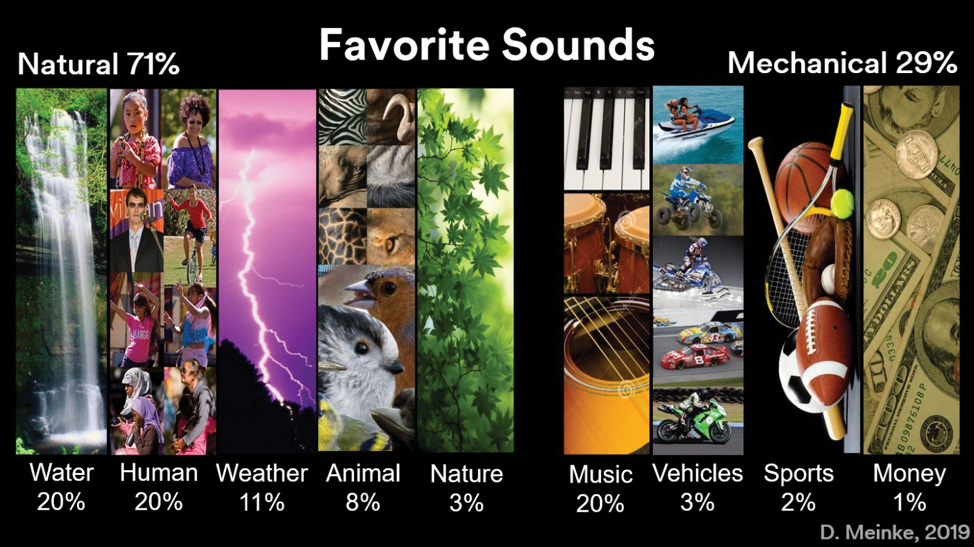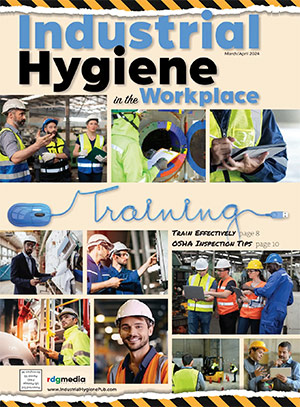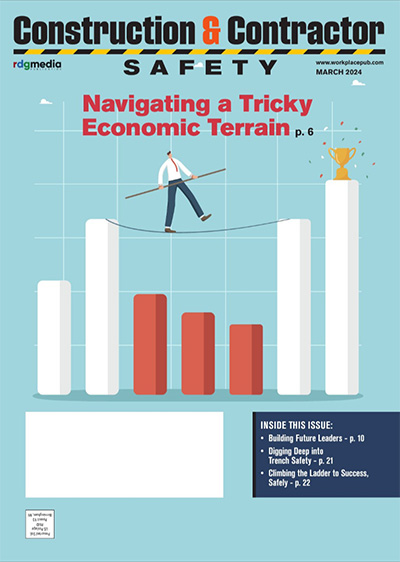Changing Workers’ Attitudes About Hearing Protection
By: Ted Madison, Contributor
Some of the most effective actions employers can take to prevent noise-induced hearing loss involves training people who work in noise to protect their hearing; and conducting fit testing of hearing protectors[1]. To change the attitudes of workers, focus on how valuable it is to hear well and how hearing damage will affect them.
Start with the question, “What’s your favorite sound?” Is it music, laughter, conversation, movies or the sounds of nature? (See chart, “Favorite Sounds.”)

Asking employees about their favorite sounds can help to highlight the value of hearing—and the consequences of losing it. (photo courtesy https://www.hearingconservation.org/educational-resources)
This question immediately brings the value of hearing—and the consequences of losing it—into sharp focus. When you value something, you will do what is necessary to protect it. You don’t need a rule or someone to tell you to do it.
Many years ago, a colleague of mine interviewed a retired industrial worker who was an avid hunter. When asked about his noise-induced hearing loss he said, “…I would give anything to be able to go in the fall, when the leaves are crisp…to be able to hear a deer or an elk walking in the leaves.” He went on to say that he couldn’t hear that anymore, even with his hearing aids. What a powerful statement,
“…I would give anything…!” It reveals how important his hearing is and how much he regrets not doing more to protect it.
Does your training program emphasize the value of hearing? If not, now might be the time to update your training, so employees walk away with an attitude that they would give anything to be able to continue to hear well.
Ted Madison is an Audiologist and National Hearing Conservation Association (NHCA) Expert. Visit NHCA at: https://www.hearingconservation.org/
1 Sayler SK, Rabinowitz PM, Cantley LF, Galusha D, Neitzel RL. Costs and effectiveness of hearing conservation programs at 14 US metal manufacturing facilities. Int J Audiol. 2018 Feb;57(sup1):S3-S11.
[1] Sayler SK, Rabinowitz PM, Cantley LF, Galusha D, Neitzel RL. Costs and effectiveness of hearing conservation programs at 14 US metal manufacturing facilities. Int J Audiol. 2018 Feb;57(sup1):S3-S11.
Share on Socials!
Occupational Health & Safety Management—ISO 45001:2018
Combustible Dust Explosions: Are You at Risk?
The Fundamental Importance of Fit
Leaders in Industrial Hygiene
Council for Accreditation in Occupational Hearing Conservation (CAOHC)
Subscribe!
Sign up to receive our industry publications for FREE!









